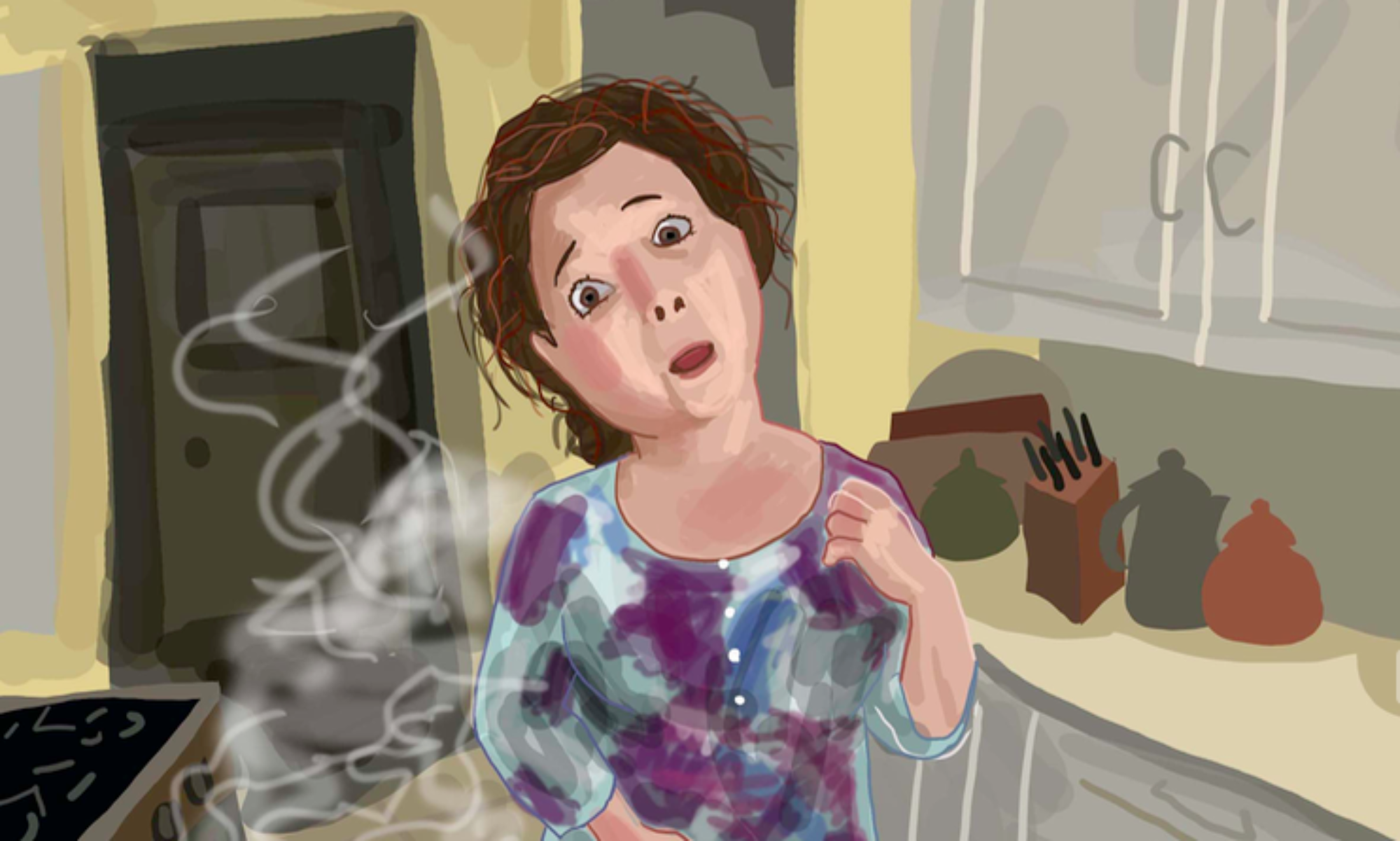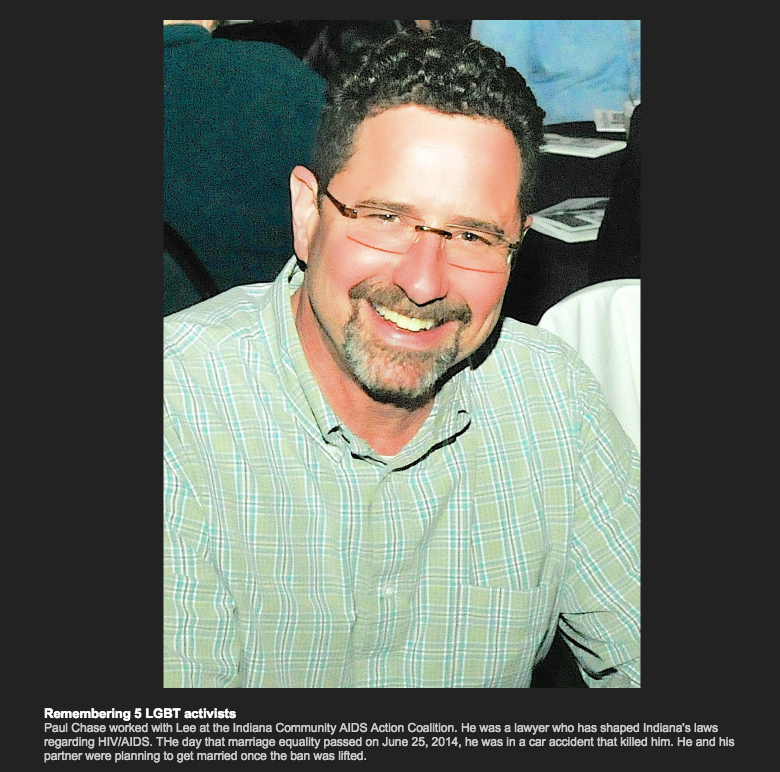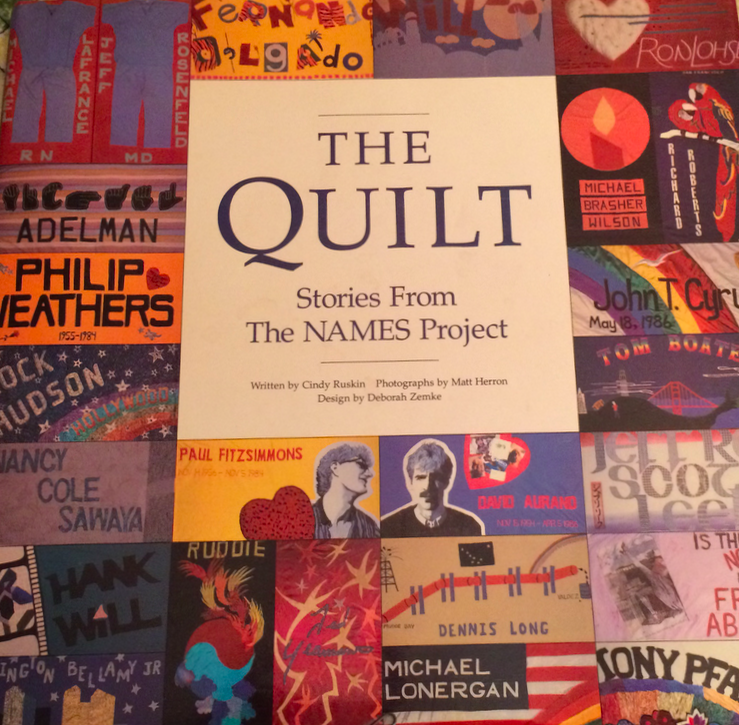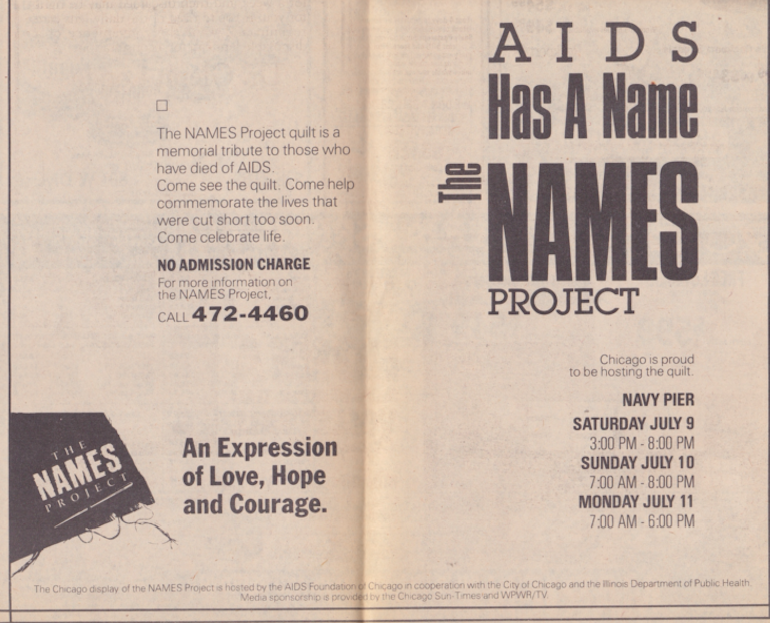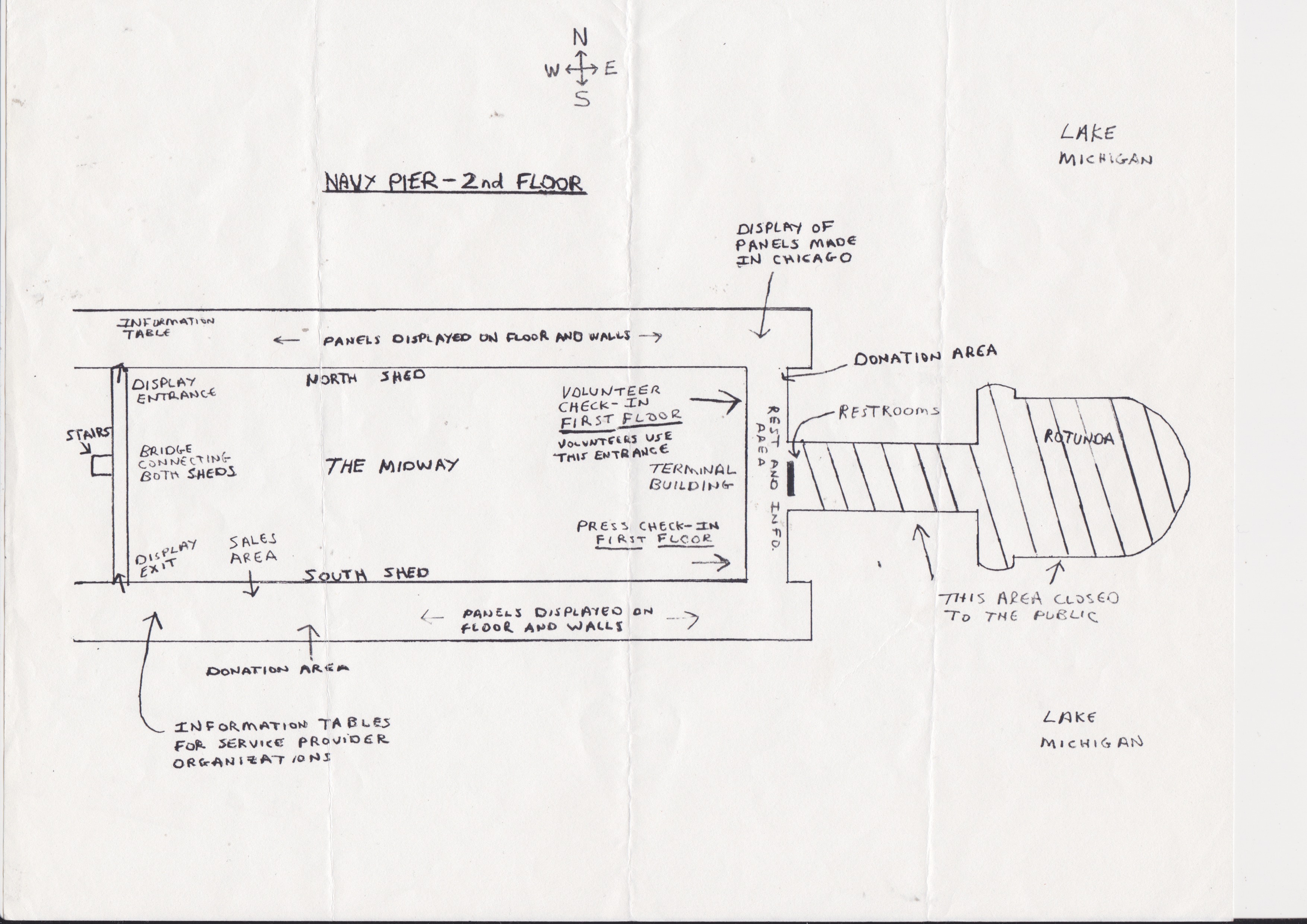Prologue
Our family was invited to attend the Opening Reception of “A Visual Journey: From AIDS to Marriage Equality,” featuring the photography of Mark A. Lee, a friend of Paul and Terry’s, at the Indiana Historical Society, tonight, Thursday, October 8th. My brother, Paul Chase, is one of five people being honored as a member of the LGBT community who left their mark on Indianapolis.
No one was available to travel to Indy tonight.
On Monday during a phone conversation, almost at the exact same time, Mom and I told each other how much we wanted to attend the opening reception.
By Tuesday, we had booked a hotel room, and soon, Mom and I will be taking a road trip to Indianapolis. We can’t wait to see Terry. It’s been way too long since we last saw him. We’re going to the exhibit with him, and then having dinner with our adopted Indianapolis family (Paul and Terry’s friends) before heading back home Friday morning. I can’t wait.
After reading about the exhibit, I found a folder I’ve kept since 1988, prompting memories I want to share.
1979
My brother came out to me during a phone conversation the week I graduated from high school.
I guess this would be good time to tell you this isn’t going to be one of my humorous stories. I didn’t know when to tell you, but thought you should know.
That’s pretty much what Paul told me on the phone, except I remember his exact words: I guess you know by now I’m gay. We both laughed as I said, “Yeah, I already knew that.” Then he cautioned me not to trip as I walked across the stage at the Ravinia Pavilion in Highland Park to receive my diploma, the same stage he and my sister had walked across years before. He told me that if I tripped, he would laugh loud enough for me to hear him. I knew that, too.
I often think back to that conversation just to be sure my memory is correct about the way I felt after he told me he was gay. And, it’s always the same, so I guess it must be true.
It didn’t matter to me one way or the other. It wasn’t a big deal. It wasn’t a big secret in our house, either, for which I thank and admire my parents. It was 1979, after all. People didn’t talk about it. And, we didn’t announce it to everyone we knew. It was none of their business.
I do remember feeling happy, though because we all loved Terry, his “partner,” or “ special friend,” or whatever the PC word of the day was back then. (Yes, I just noticed it, too. My brother’s initials were PC.)
I was relieved, too, because no woman would ever have been good enough for Paul, and my fears of having to deal with some sister-in-law became abated.
But, the most important thing to me was being able to raise children who grew up with my sister and her husband, and my brother and his, for all intents and purposes, who they loved and who loved them. There were questions, and there were honest answers.
My brother often told us about a friend who spent the weekend at Paul and Terry’s house with her young son. On the ride home, her son said, “Mom, I think I figured out something about Paul and Terry.” She braced herself because she thought she was going to be asked a lot of questions about their relationship, and asked, “What did you figure out?” He said, “I think they’re vegetarians.”
I love hearing Terry tell the story of how he and Paul met while studying in the Indiana University Memorial Union. Terry said Paul kept looking at him and eventually came over to where Terry was sitting to say, “hi.” He told Terry he had to run to the bookstore and would be right back.
Terry thought he’d never see him again. But, as he always did, Paul kept his word and came back. And that, as they say, was the beginning of a beautiful relationship that lasted for 40 years.
In the early 1980’s, I met someone who told me her brother was gay and had died of AIDS. Her parents told everyone their son had died in a car accident.
My brother spent the early 1980’s helping people with HIV/AIDS try to survive and live their lives as if they hadn’t been diagnosed. Ironically, and tragically, he died in a car accident in June, 2014.
When Paul and Terry lived in Chicago, I remember helping them at quilting bees making panels for The NAMES Project AIDS Quilt. I got to know their friends, and, sadly, eventually saw some of their friends’ names on panels for the Quilt.
Paul and I made a panel for someone who had died of AIDS who didn’t have anyone to make one in his memory. We chose his name from a long list. Some of the people on the list had either not told anyone, or had been disowned by their families.
I didn’t remember his name until I looked through the folder I found, but I’m sure Paul would have remembered. All we knew from his short bio was that he was a student in Texas who had always wanted to live in Hawaii.
We used donated supplies to draw and glue together a sunny beach, the ocean, and at least one palm tree with coconuts. We might have even put a monkey in the palm tree. I’m not sure, but it’s not out of the realm of possibilities of something we would do. After all, the panels weren’t meant to be somber, although some were; they were meant to celebrate the lives of the people who lived them.
The panels made in Chicago were sent to San Francisco to be sewn into larger panels for the NAMES Project Quilt National Tour.
According to the book, The Quilt, Stories From The NAMES Project, written in 1988, “The idea for the Project originated the night of November 27, 1985, when San Francisco activist Cleve Jones joined several thousand others in the annual candlelight march commemorating the (1978) murders of Mayor George Moscone and (San Francisco’s first openly gay elected official) Harvey Milk. As mourners passed by, they covered the walls of San Francisco’s old Federal Building with placards bearing the names of people who had died of AIDS.”
Wind and rain eventually tore the cardboard placards loose, but people stood and read the names for hours. The image of the placards waving in the wind looked like a quilt to Cleve Jones who is quoted as saying, “A quilt is the perfect symbol…What is a quilt? It is made collaboratively, made to to be used to provide comfort to those who are cold and sick.”
On October 27, 1987, an article written by Robert Atkins in “The Village Voice” described the inaugural display of the Quilt at the Capitol Mall in Washington, D.C. Atkins reported how eight volunteers unfolded 32 sections, each containing 60 three-by-six foot rectangular panels “double (the size of a) football field (!)” At that time, there were 1,920 names on panels made by loved ones and strangers who volunteered to make sure each person’s life was celebrated and remembered.
As part of the National Tour, the Quilt was coming to Navy Pier in Chicago July 9-11, 1988. Included were the panels made in Chicago. At the time, I worked as a copywriter at an advertising agency, and Paul asked me to create an ad for local newspapers and magazines. I did, with the help of a friend who was an art director at the same agency.
I saved the ad. I was proud of it. I was proud that he’d asked me to create it, and honored I was allowed to stand with so many other volunteers, dressed in white, wearing The NAMES Project pin, at Navy Pier as guardians of the display of the National Names Project Quilt Tour as it made its way back to Washington D.C.
On October 8th and 9th, 1988, the National Tour ended as The Quilt returned to Washington with more than 10,000 names on 3,464 panels sewn together. Panels continued to be sent to San Francisco, but could not be added in time for display.
There is so much more I want to share with you about Paul and Terry. I always said they were the happiest married couple I knew. They couldn’t get married, though, until the day Paul died, June 25th, 2014, the day Indiana overturned the ban on gay marriage. He and Terry were going to get married the next day, and Terry still wears a wedding ring he’s worn for years.
Terry has sold the house they shared for 25 years. He was isolated on 16 acres of land. At first it was hard to imagine not being able to visit that house ever again. But, knowing how happy Terry will be living in a real neighborhood, close to his friends, renovating a house he truly loves, makes me happy, too.
The exhibit runs from October 10th through November 14th, 2015. You can read an article about it in the magazine “Nuvo,” here: http://www.nuvo.net/indianapolis/indys-lgbt-history/Content?oid=3526420
Something I found in the folder recalling just the beginning:
